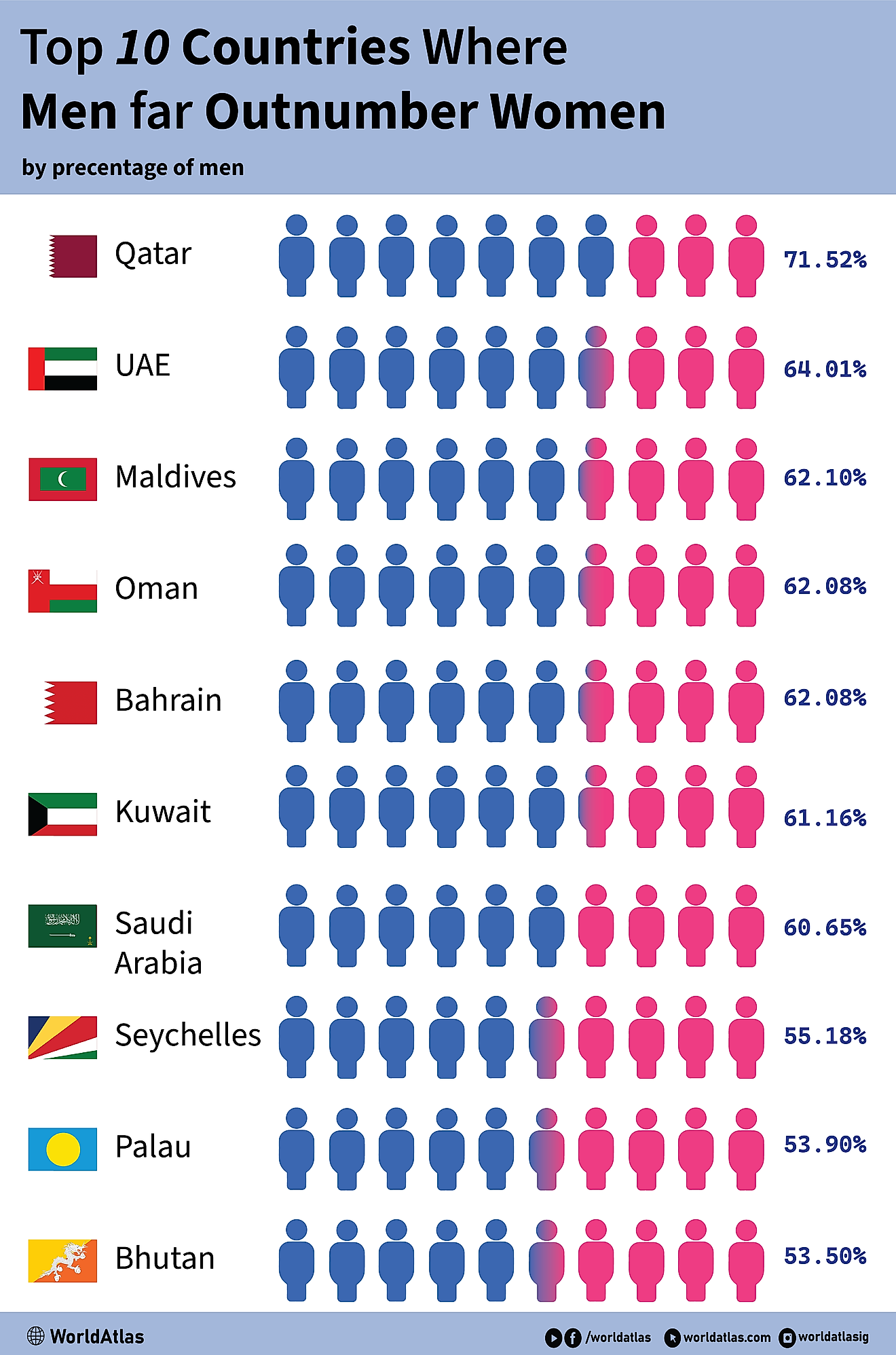What Happened During The Soweto Student Uprising In South Africa?

A Brief Overview
The Soweto Student Uprising began on the morning of June 16, 1976, when students from various schools in Soweto, a neighborhood of Johannesburg, went to the streets to peacefully protest the introduction of the Afrikaans language as a medium of instructions in schools. Approximately 20,000 students went to the streets but were met with brutal state machinery killing hundreds of students who were to converge at the Orlando Stadium. Depending on the sources, casualties range from 176 to approximately 700 students. The uprising influenced other country-wide protests that changed the socio-political landscape in the country. In remembrance, June 16 is now a public holiday in South Africa known as the Youth Day.
What Triggered The Soweto Student Uprising?
The government introduced the Afrikaans Medium Decree in 1974 forcing all schools to use both Afrikaans and English as official instructional language starting from January 1, 1975. According to the decree, general science and practical disciplines like art, metalwork, agriculture, home craft, and needlework were to be communicated in English while Indigenous languages would be used for religious, physical culture, and music subjects. Afrikaans was to be used in mathematics, arithmetic, and social sciences. These instructions were to affect students from seventh grade onwards. Black South African students preferred English which was spreading fast in trade and industry while Afrikaans was associated with the Apartheid regime and its use was on the decline among the African populations. Afrikaans was known as the language of the oppressor and a change of the language at seventh grade would force students to focus on learning the language rather than skills the subject provided. By April 30, 1976, children at Orlando West Junior School refused to attend school prompting other schools in Soweto to join occasional protests. Students from different schools then formed a committee (Soweto Students’ Representative Council) that spearheaded the June 16 protests to pass a message.
June 16, 1976: The Day Of Bloodshed
On June 16, many students went to school without knowledge of any planned march. However, the majority agreed to participate in the planned protests. The Black Consciousness Movement and Teachers supported the protests and emphasized that it should be peaceful. The procession moved from one school to another, picking up students. In some places, they found that the police had barricaded the roads and therefore had to change the route to avoid confrontations. As the number grew, the students held signs with slogans like "Down with Afrikaans," "Viva Azania" and "If we must do Afrikaans, Vorster must do Zulu." The police first fired tear gas, but the students pressed forward. They then killed a police dog that was set to charge on them, and this made the police to shoot directly at the students, some who were below the age of thirteen years. According to government records, many people died on that day alone. Black South Africans joined the protests and targeted businesses and houses of apartheid government workers and whites. Heavily armored vehicles patrolled the streets, and the government ordered doctors to record and report all those who were treated for bullet wounds so that they could be prosecuted. The doctors declined and recorded bullet wounds as swellings. A heavy police force patrolled Soweto for the following days as the army was put on standby as a show of readiness and willingness to use military force.
The Events That Followed The Soweto Uprising
The uprising claimed hundreds of casualties and thousands of victims. The ANC soon took a lead role in organizing strikes and representing student grievances. The international community condemned the apartheid regime and most boycotted any association with the regime. Political agitations increased as more youths and students joined movements and workers went on strike regularly thus hurting the economy. By the end of 1976, more than 600 people had been killed.











